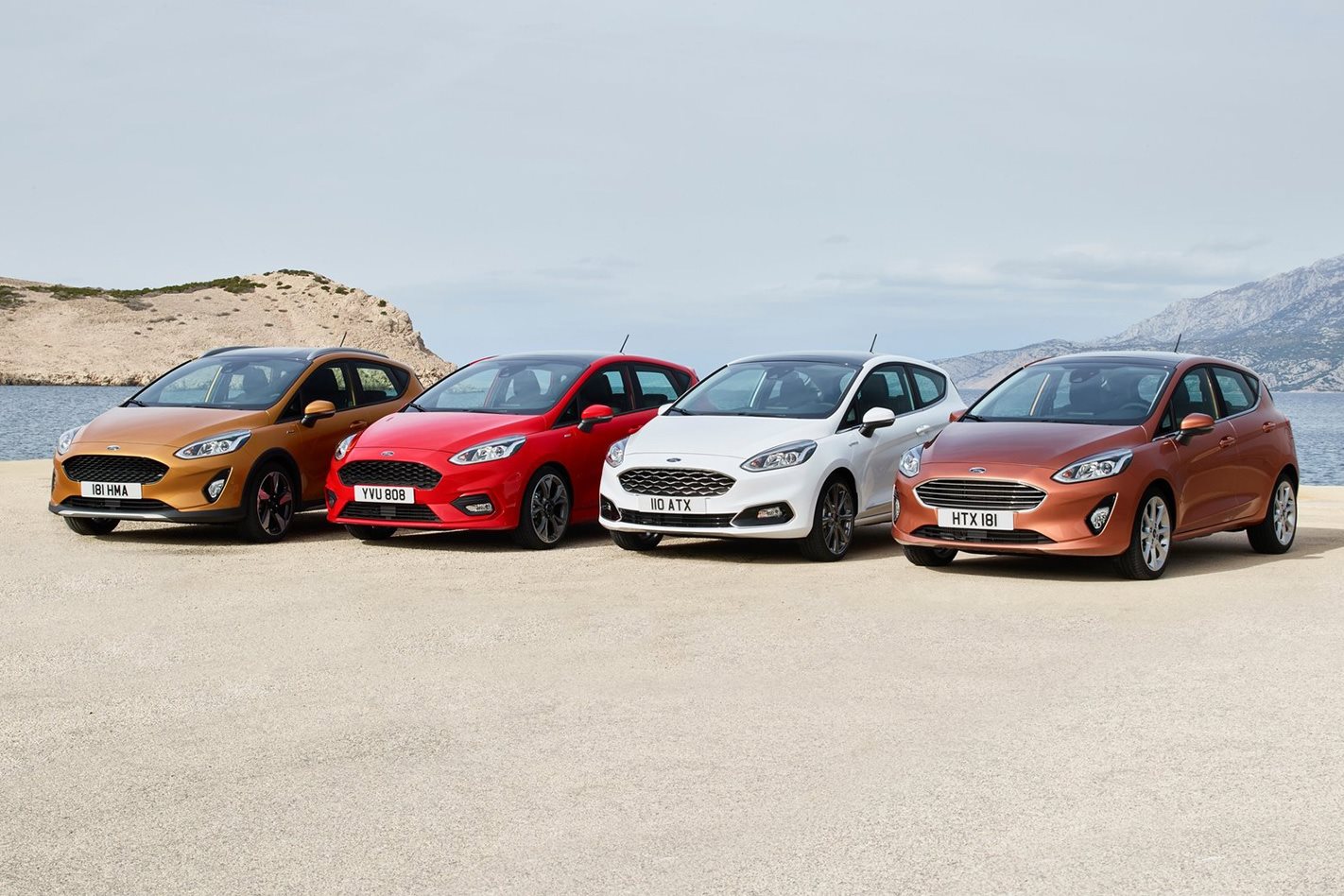FORD has revealed its all-new Ford Fiesta range featuring advanced driver assistance technology and four different variants, including a crossover variant.
However, the international fanfare surrounding the global launch was somewhat muted here, with Ford Australia saying it the models shown are for Middle Eastern, African and European markets, meaning it wouldn’t comment further on if or when the seventh-gen Fiesta would make its way here.
Surely it’s a matter of when the new Fiesta arrives here – the current model has been a reasonable seller in Australia but nowhere as prolific as in Britain where it’s been the best-selling light car for the past seven years.
With sales down this year against the likes of the Mazda 2 and Hyundai Accent, Ford Australia would want the new-look Fiesta in its showrooms as part of its post- manufacturing rejuvenation.
The four versions of the seventh-generation Fiesta revealed overnight include the stylish Fiesta Titanium, the Ford Performance-inspired Fiesta ST-Line, the upscale Fiesta Vignale and the new Fiesta Active crossover with subtle SUV design cues.
The Fiesta has followed the trend of giving small cars a more mature appearance though it isn’t radically different to current model. The front has a chirpier looking version of the Ford family pentagonal grille with scoops on the side leading to the fog lights. The headlights still sweep back but lose the teardrop tail.
The rear end is also more subdued, with smaller, horizontal tail lights that seem to follow another new small-car design rule that seemingly makes it mandatory to copy the Volkswagen Golf.
Despite initial thoughts that the new Fiesta’s interior would mirror the cockpit of the recently launched 2018 EcoSport crossover, the inside is all new with soft-touch materials which don’t look as plasticky as the current model’s. The dashboard is less cluttered with a floating eight-inch touch screen taking away the need for the cluster of buttons that marred the centre of the dashboard.
The screen displays Ford’s SYNC 3 software which links to for music, smartphone integration and satellite navigation via Apple CarPlay and Android Auto with voice control. An optional B&O premium audio system is available in Europe to take music up a notch or two.
While it’s an all-new model, it has the same Global B underpinnings of the sixth-gen Fiesta, with the money saved on platform development put into new technology that according to Ford makes it the most advanced small car in the world.
These include a suite driver assistance features including Active Park Assist, Blind Spot Information, Cross Traffic Alert and Lane Keeping Assist and an anti-collision system that detects potential threats up to 130 metres away.
Power will come from a choice of three-cylinder turbocharged EcoBoost petrol engines and a 1.5-litre turbo diesel.
The three-cylinder 1.0-litre EcoBoost petrol unit in three power guises – 73kW, the 92kW in the current Sport variant, and 103kW. All three are mated to a new six-speed manual gearbox, though the 73kW donk comes with a six-speed auto option.
Entry-level models will come with a three-cylinder 1.1-litre Ecoboost petrol engine, in either 51kW or 62kW power guises, paired to a five-speed manual gearbox.
The 1.5-litre turbo unit will come with a choice of 62kW and 88kW versions paired to a six speed manual gearbox. It would be surprising if that variant were to make its way to here considering the lack of appetite for small oil burners.






